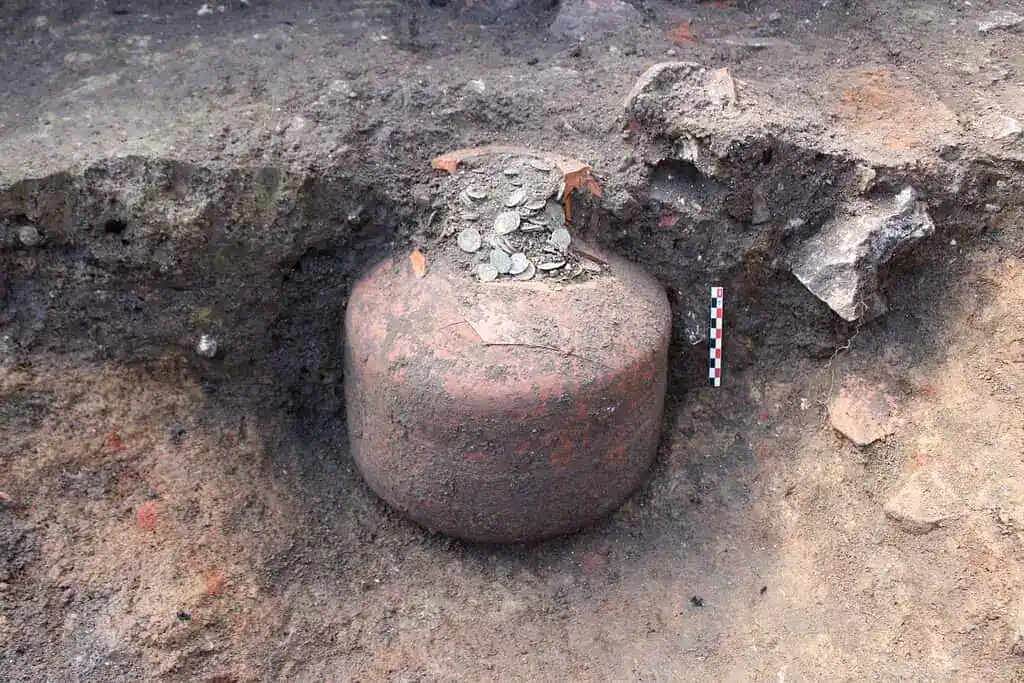SPRUCE PINE, North Carolina – A tiny town in North Carolina that’s just been devastated by hurricane Helene could end up severely disrupting the global supply chain for microchips and solar panels.
Nestled in the Appalachian mountains, the community of Spruce Pine, population 2,194, is known for its hiking, local artists and as America’s sole source of high-purity quartz. Helene dumped more than 2 feet of rain on the town, destroying roads, shops and cutting power and water.
But its reach will likely be felt far beyond the small community.

Semiconductors are the brains of every computer-chip-enabled device, and solar panels are a key part of the global push to combat climate change. To make both semiconductors and solar panels, companies need crucibles and other equipment that both can withstand extraordinarily high heat and be kept absolutely clean. One material fits the bill: quartz. Pure quartz.
Quartz that comes, overwhelmingly, from Spruce Pine.
“As far as we know, there’s only a few places in the world that have ultra-high-quality quartz,” according to Ed Conway, author of Material World: The Six Raw Materials That Shape Modern Civilization. Russia and Brazil also supply high-quality quartz, he says, but “Spruce Pine has far and away the [largest amount] and highest quality.”
Conway says without super-pure quartz for the crucibles, which can often be used only a single time, it would be impossible to produce most semiconductors.
“Purity really does matter,” he says. “You’re talking about a process to create the silicon wafers that later become silicon chips, where one single atom being in the wrong place” could derail production.
Companies have been pursuing artificial substitutes, but so far, those alternatives can’t satisfy the world’s demand for this pure quartz.
According to an annual report from TECHCET, a market research firm, quartz equipment is a $2.12 billion industry and growing.
What’s unfolding in Spruce Pine isn’t just a local emergency. Like many climate disasters, it has economic costs that could ripple around the world.
Helene devastates town
Spruce Pine received 24.12 inches of rain from Helene, according to the National Weather Service. The massive inundation caused the North Toe River to flood, devastating the downtown area, according to Spencer Bost, the executive director of Downtown Spruce Pine, the local business development association.
“It’s flooded up to the awnings, about 10 feet,” he says of the downtown’s lower street. “Lower street was destroyed.”
The town’s grocery store was also heavily damaged in the flooding. Power, water and cellular service are all down, Bost says. Fallen trees and washed-out roads have left the community isolated from the outside.
“We were there for about three days before we got enough chainsaws together to cut a path out of our neighborhood,” Bost says. He and his fiancée spent nine hours working their way to Greenville, N.C., where they’ve temporarily sought shelter.
The conditions at the mines that produce the quartz remain unclear. “Operations at our facilities were stopped on September 26th in preparation of the event and we have no visibility on when they will restart,” May Kristin Haugen of the Quartz Corporation told NPR in a statement.
A second major supplier, Sibelco, based in Antwerp, Belgium, told NPR its operations had also been disrupted since Sept. 26. “We are working closely with our local team to safely restart operations as soon as we can and are actively coordinating with local authorities and other partners to manage the situation,” the company said in an e-mailed statement.
Images verified by NPR show that even if the mines are intact, getting quartz out of the region may be a challenge. The main CSX rail line in and out of Spruce Pine runs along the North Toe River and has been heavily damaged. The rail line was the primary shipping point for quartz from the mines.
Read the rest of this story at NPR






